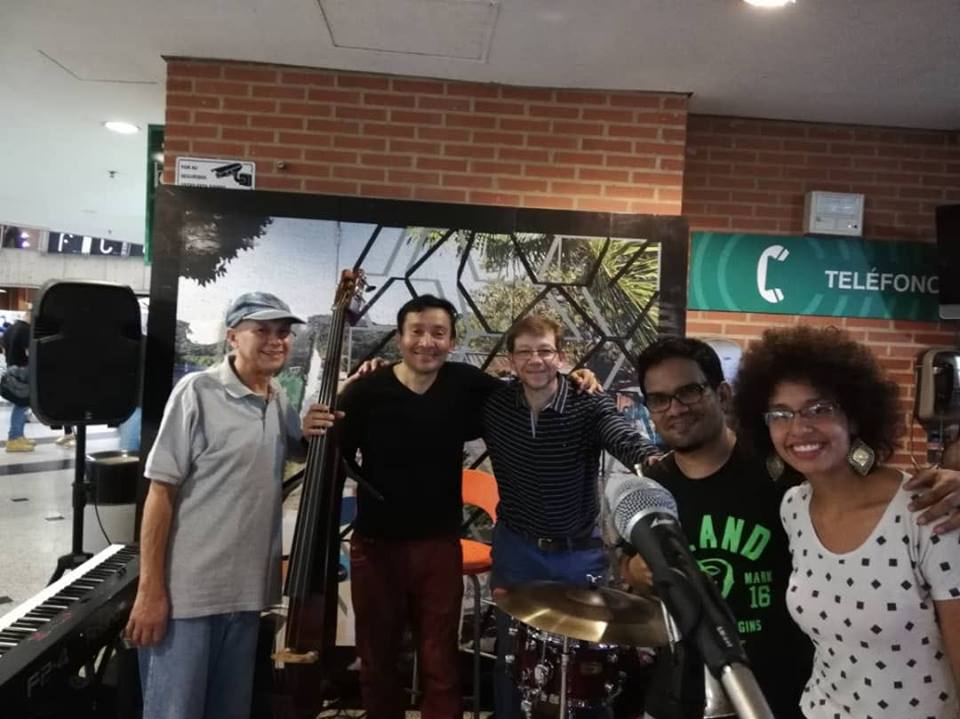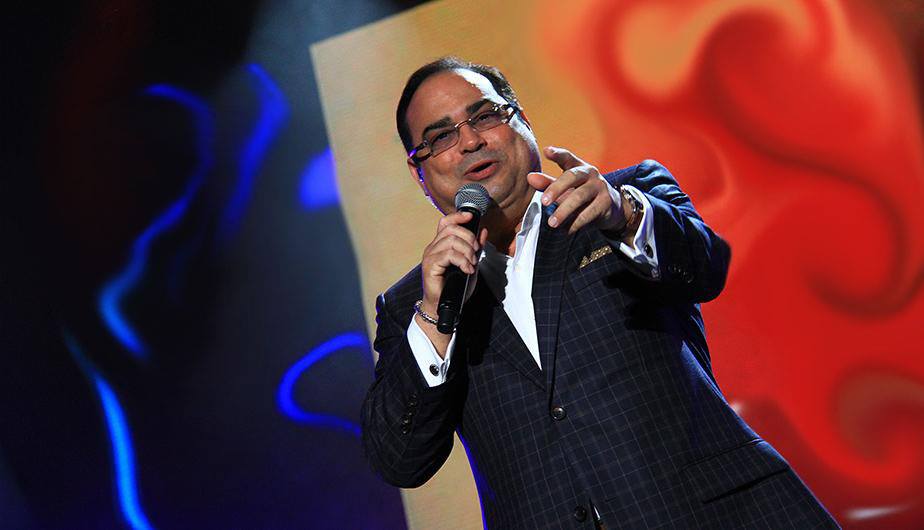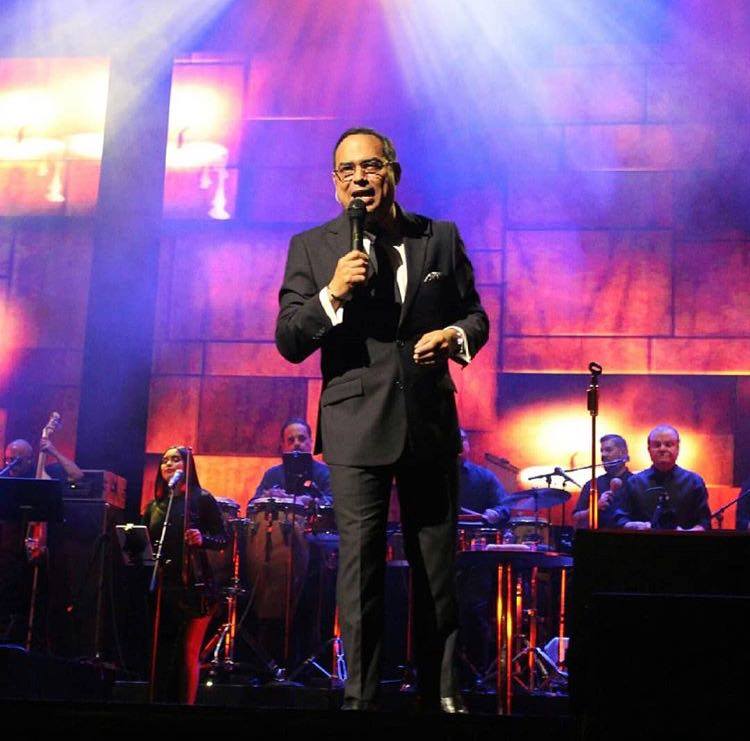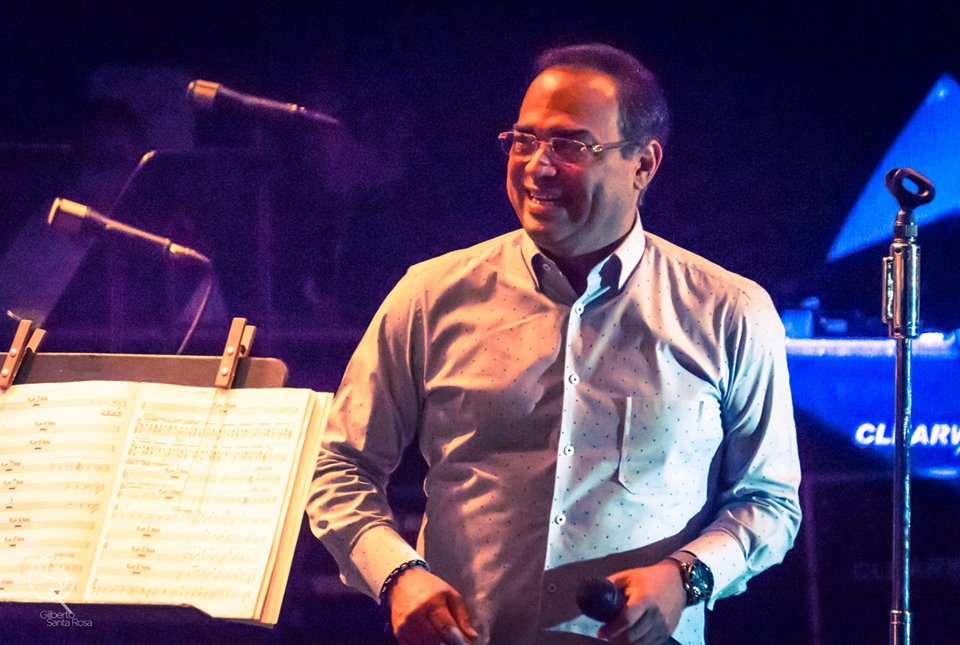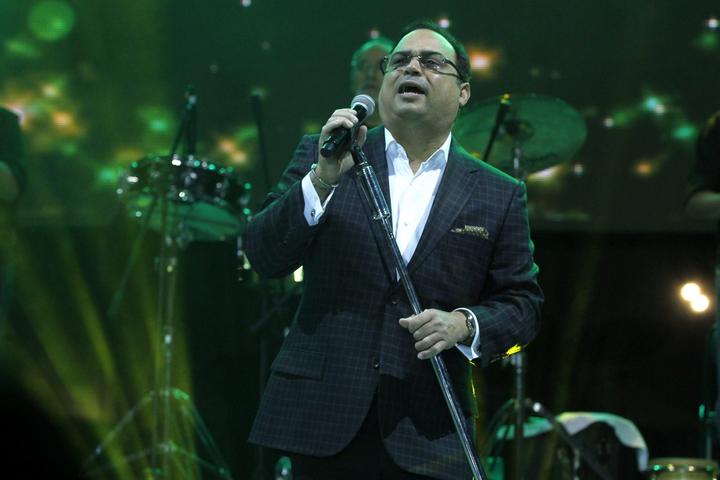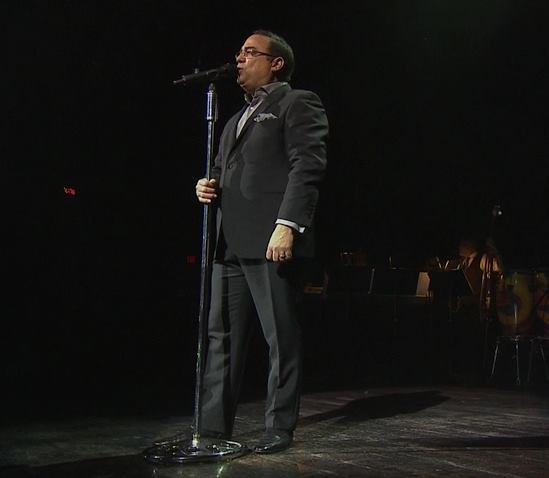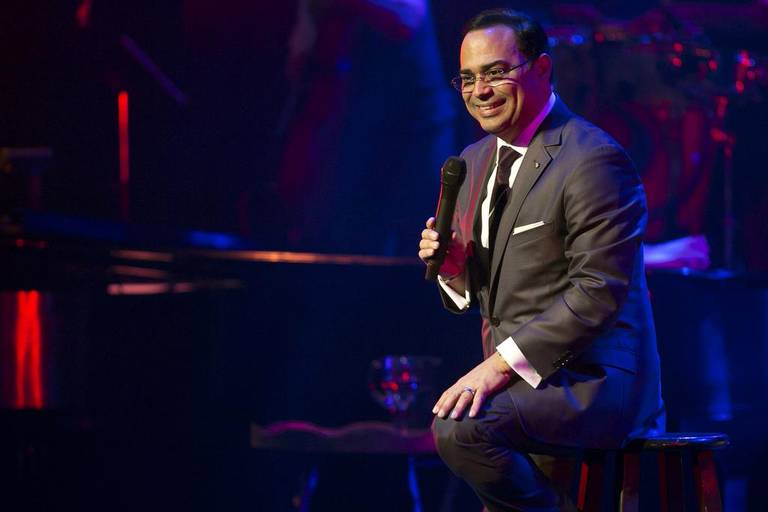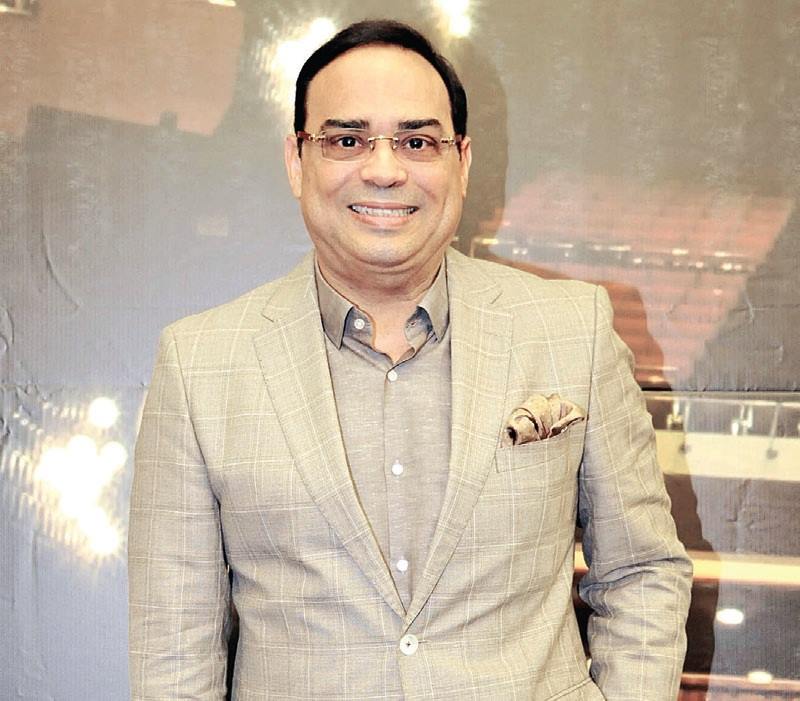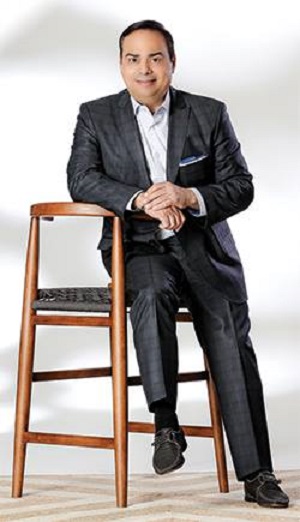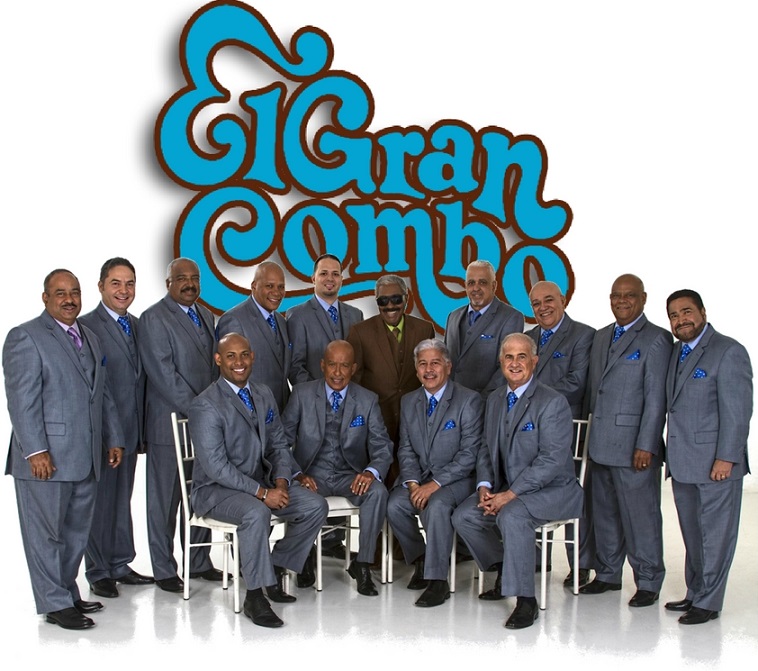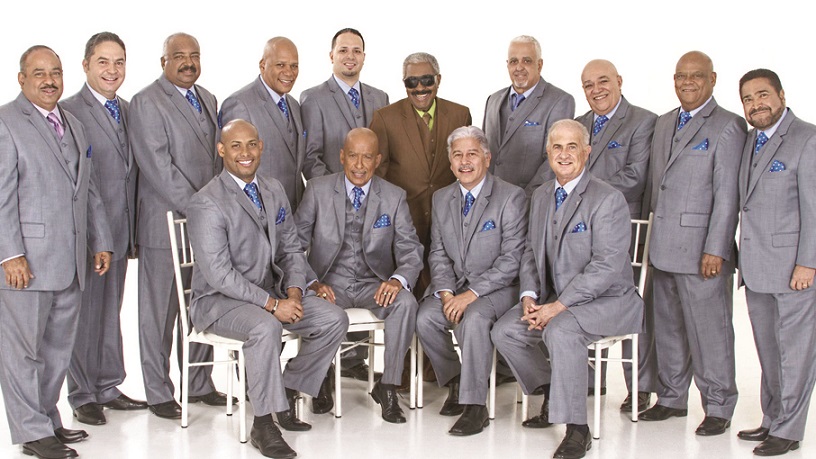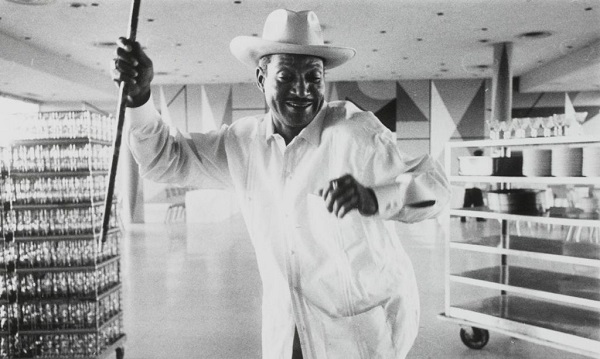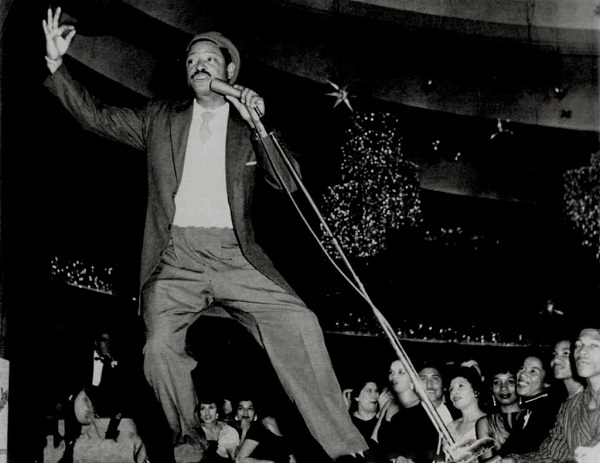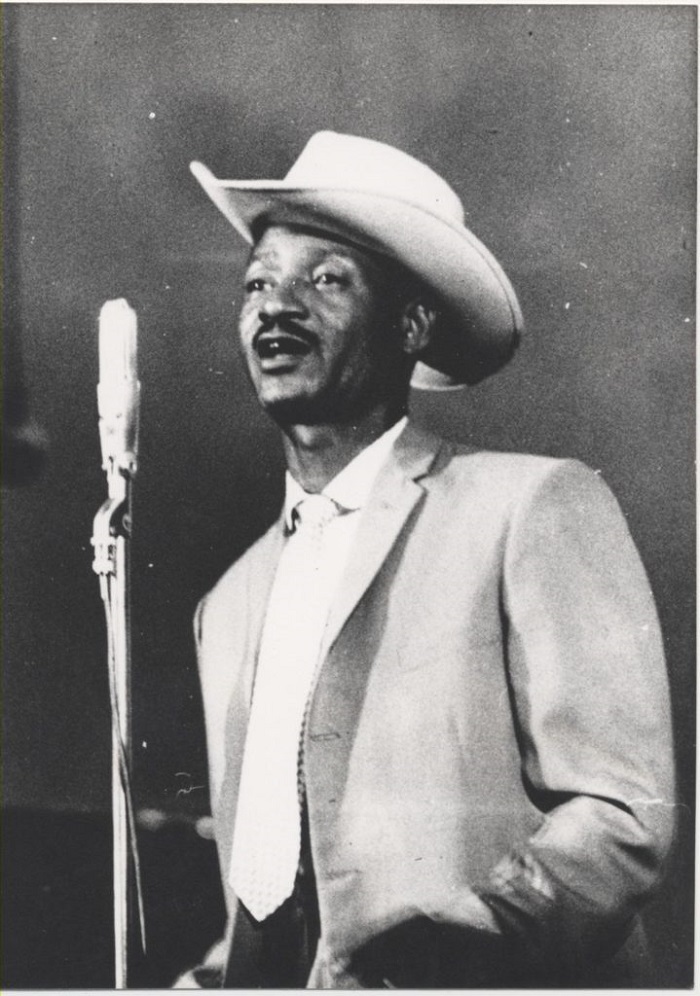Latin American / Venezuela / Caracas
Eukaris Figeroa. I don’t imitate Celia Cruz
Five years ago, Eukaris Figueroa dared to initiate an investigation into Celia Cruz. A work came out of that work, La guarachera del mundo.

Figueroa is also in charge of directing and producing the play. It explores from Cruz’s beginnings, in 1950, until his death, in 2003; addressing his personal life and ailments.
Where did that idea of presenting the life of the sauce boat come from?
When I decided to launch myself as a singer 10 years ago, I visited his grave in New York and asked his permission, not to take his place, but to perpetuate the salsa genre. Later, I began to investigate his life and this montage emerged, which I am very proud of. This is the second season and we hope it will be as well received as the first.
Was it easy to interpret a character as mediatic as she?

There is no imitation here. There is, yes, a lot of admiration. And the public will realize this in the monologue of the piece, where they will discover things that she wanted to do, but could not and that she did not see on a stage either. Impersonators always make her old and fat. And no. Celia was also a very beautiful young woman.
Doesn’t her nickname “The sexy salsa babe” pigeonhole her and distance her from the image of Celia?
The fact that I have made myself known like this does not imply that I do not have training and that I do not worry about studying. It was the way I got them to notice me, and I did it.
But behind these curves there are many hours of work. An orchestra of 14 musicians. This montage that I am passionate about does not separate me from my career as a salsa singer. Everything is complemented to offer the best to the public.

